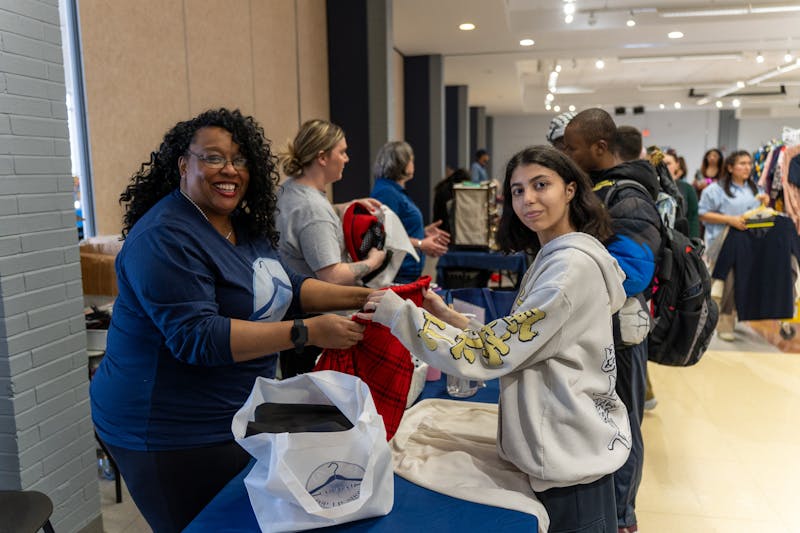As Kean University students continue to adjust to remote learning, a whole new set of challenges await them online. While classes will not meet in person for the remainder of the Spring 2020 semester, remote assignments and the lack of a physical schedule on campus necessitate that students take charge of their own deadlines and productivity.
Students with experience taking online classes may already be familiar with the features that often make them different from the conventional class: more independent personal scheduling for each student and learning in isolation instead of in a peer-filled classroom setting. Students for whom this semester's remote learning is an introduction to the concept can rest assured, however: There are all sorts of ways to reconfigure your new atmosphere and mentality for success in the new world of online classes.
For many students, the conversion to remote learning has meant an increase in workload. To ensure that courses still cover the depth and variety of material they are intended to, more written or studied work is assigned in place of in-person lecture and discussion. The objective is to create enough contact with the material as possible in lieu of practical lessons.
Freshman Bridget Russell said, "Online classes are especially hard for me because I'm an English education major. Yes, I signed up for four English classes expecting a lot of reading, and it was quite manageable when we were at school, but now It's really hard to keep track of everything that's being assigned...And technology is not always dependable."
Productivity is built by a handful of critical elements, which Adam Davis outlines in Entrepreneur: establishing routines, planning day-by-day, organization, blocking out clutter and consistency. By finding creative ways to maintain these regiments, students can stay productive easily during their online classes - it just takes a little adjustment.
Patrick Lucas Austin recently wrote in TIME, "Try to find yourself a dedicated and comfortable spot to work that you can associate with your job and leave when you’re off the clock — that means get off the couch, and definitely out of bed."
This is as much about the intuitive mentality of "being at work" as it is about being productive and focused. For many, the challenge of remote learning is the absence of the feeling of being in class, which students associate with course learning, and the subjects they are studying in each course. By isolating a specific place in their homes where they keep their work, separate from the rest of their home life, students can begin to specify the mindset of classroom thinking, as well as emulate the feeling of being in class, rather than at home.
Another critical strategy is to keep in touch with classmates and friends from school. Not only can peers help fill in any gaps in learning from one remote lesson to the next (sharing notes and ideas about lectures and discussions is always a good idea), but they can also refresh the feeling of coexisting in the campus atmosphere, which is not just constructed by sitting in desks and buildings, but by sharing each of these experiences with friends. Maintaining regular discourse with peers helps to maintain routines, consistency, and organization, even when that discourse is online.
It seems a given, but it's also critical to have a plan: a carefully considered, reasonable plan for each day. Instead of being structured by where one has to be hour to hour, students' schedules are now determined by online meetings (which some classes do not utilize) and deadlines for assignments. This means that students are more responsible than ever for their own schedules, by day, week, month and semester. But this is as much an opportunity as it is a challenge: students can paint their canvas of the day more than usual. Building in breaks between online lessons or writing as possible, staying focused on a good diet and getting good sleep and keeping a detailed, updated agenda of assignments, class meetings and other objectives.
Communication is everything when working online. What might otherwise be discussed in person must now be composed via email or other message. As everyone makes these adjustments together, students can do well in their classes by being very direct and proactive: asking professors for details or clarity if necessary, and exchanging emails for suggestions, notes and collaboration with other students. By keeping channels of communication open, students are only adding to their reservoir of knowledge of each of their classes, as well as their confidence and their comfort in the new system.
Students are also encouraged to take advantage of Kean's resources, including the Nancy Thompson Learning Commons' invaluable tools for remote learning, such as how-to directions on Blackboard, Zoom, Google Hangouts Meet and other programs, tutoring services and other resources.
By staying focused and taking advantage of this abundance of strategies, students can use online learning to accomplish the same level of success they are accustomed to.







